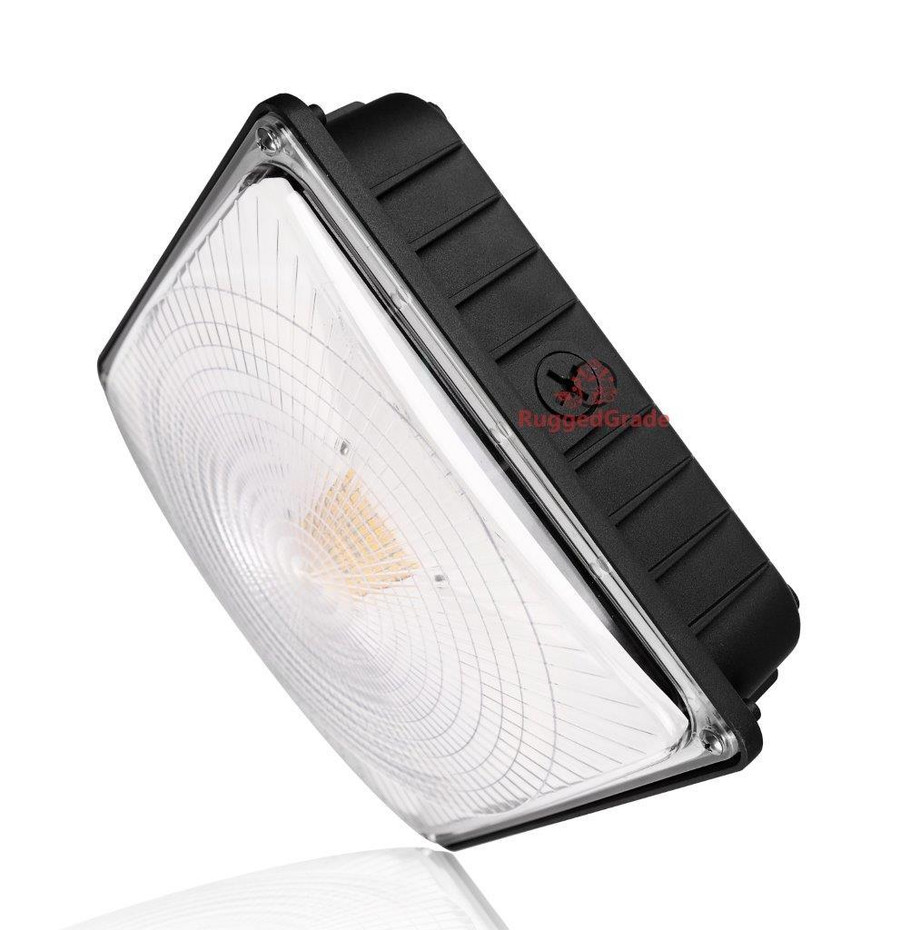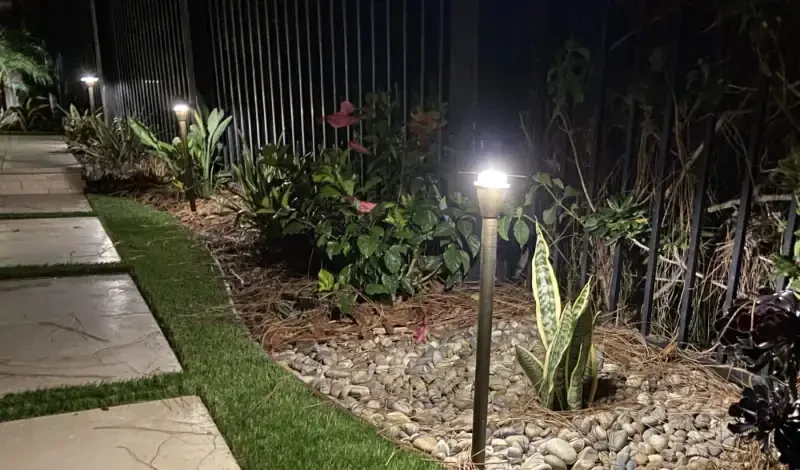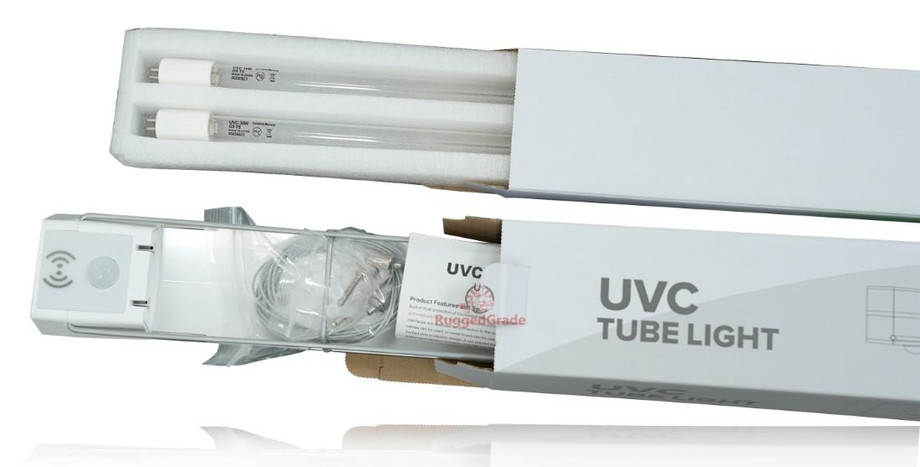How to Make the Most of Your Upgrade to LED Lighting
Whether it be canopy lights or the normal ones, efficient, robust, and versatile LED bulb is setting the bar for other lighting technologies.
Why it makes sense to buy LED bulbs
One of the first energy-efficient options was compact fluorescent (CFL) lighting. Early adopters complained about how cold the light was and how long it took to light up.
You can get LED bulbs for almost all fittings and sizes, and they have now confidently overtaken the CFL as the market leader.
Led canopy lights are more cost-effective in the long run and use less energy. They are not significantly more expensive, but because they last longer, you won’t need to keep replacing them. Purchasing LED bulbs is a no-brainer.
Based on three hours of use per day, a conventional halogen bulb has a lifespan of about two years, or 2,000 hours. Similar usage can extend an LED’s lifespan to 10,000 hours or more, or up to 10 years.
Using LED bulbs to reduce costs
The average household’s electricity costs go toward lighting. For every conventional halogen bulb you replace with an LED bulb that is similarly bright, you can save significant amount of money annually.
LED landscape lighting replacement would cost about and result in a yearly bill.
Not including the cost of all the replacement halogen bulbs you no longer need to purchase, replacing a 50W halogen with an equivalent LED could reduce your energy costs over the course of the bulb’s lifetime.
Possibility of saving
All savings are based on switching to equivalent LEDs instead of halogen or incandescent bulbs.
With LED bulbs, carbon emissions are reduced.
You can save about 5 kg of CO2 emissions per traditional halogen bulb you replace with a similarly bright LED spot lighting. This saves about 63kg of CO2 emissions if all of your home’s light bulbs are replaced with LED alternatives.
Switching to LED is a smart choice when it comes to modernising your lighting system. Higher lumen outputs, lower wattage energy consumption for lower utility costs, and the overall impressive longevity of the solution are just a few of the advantages of LED UV-C Disinfectant Lighting. Let’s look at how to make the most of your LED light upgrade so you can reap the rewards of making this switch completely.
Survey the lighting situation
To maximise the benefits of your LED light upgrade, start by conducting a lighting audit or survey. A lighting audit will help you identify any areas where, in light of the new light solution, adjustments still need to be made. For instance, if you have added LED lights with higher lumen output to a space, you might be able to reduce the lumen output from other, less effective light sources. A lighting audit will also highlight any areas of the room that require additional lumens to completely eliminate shadowy areas. A lighting survey is a great way to determine what changes still need to be made after taking into account the new LED lamps if you have recently switched to LED solutions. It will also show you how the lumens in the space have changed as a result of the LED lamps.
Set up controls
Using controls is another way to get the most out of your LED upgrade. Numerous practical controls that are worth thinking about are compatible with LEDs. For instance, installing timers to control the lights’ on and off times is a great way to reduce utility costs while ensuring adequate lighting when required. An occupancy sensor is a fantastic additional control for LED lighting. To ensure that the lights are only on when the room is occupied, you can install these with almost any LED fixture. Adding controls is a great way to maximise a recent LED upgrade, regardless of which controls are appropriate for your location.
Placing LED in challenging-to-reach places
Since LED lamps have a long lifespan, it makes sense to install them in challenging-to-reach locations. High ceilings, small areas, or any location that requires a lot of effort to access qualify. Make sure to install LED in these more difficult-to-reach areas if you recently made the switch to LED so you won’t have to worry about replacing the lamps all the time.
Test out different colour temperatures.
When it comes to colour temperature, LED has many options. How warm or cool a light appears to the eyes is measured by its colour temperature. If you’re looking for a way to switch things up with your LED lights, you can play around with colour temperature to create a different mood for the room, such as going from a cooler temperature for a more alert atmosphere to a warmer temperature for cosiness. One of the simplest and least expensive ways to modify the lighting fixtures is to alter the colour temperature.
USE LEDs WHERE THERE IS THE MOST NEED
Although LEDs are attractive and can help us save energy, they are still relatively expensive and should only be used in the most important locations. LEDs should be installed in areas that require a lot of light, are highly visible, and have a pleasing aesthetic. In areas that are hidden and infrequently used, LEDs are best avoided. Even though they are expensive, LEDs will eventually pay for themselves. You will see a return on your investment in terms of durability and energy savings. It is best to use LEDs where the rewards are greatest, install them where brightness is required, and place them where there is the most home traffic.
For More Info :-




Comments
Post a Comment